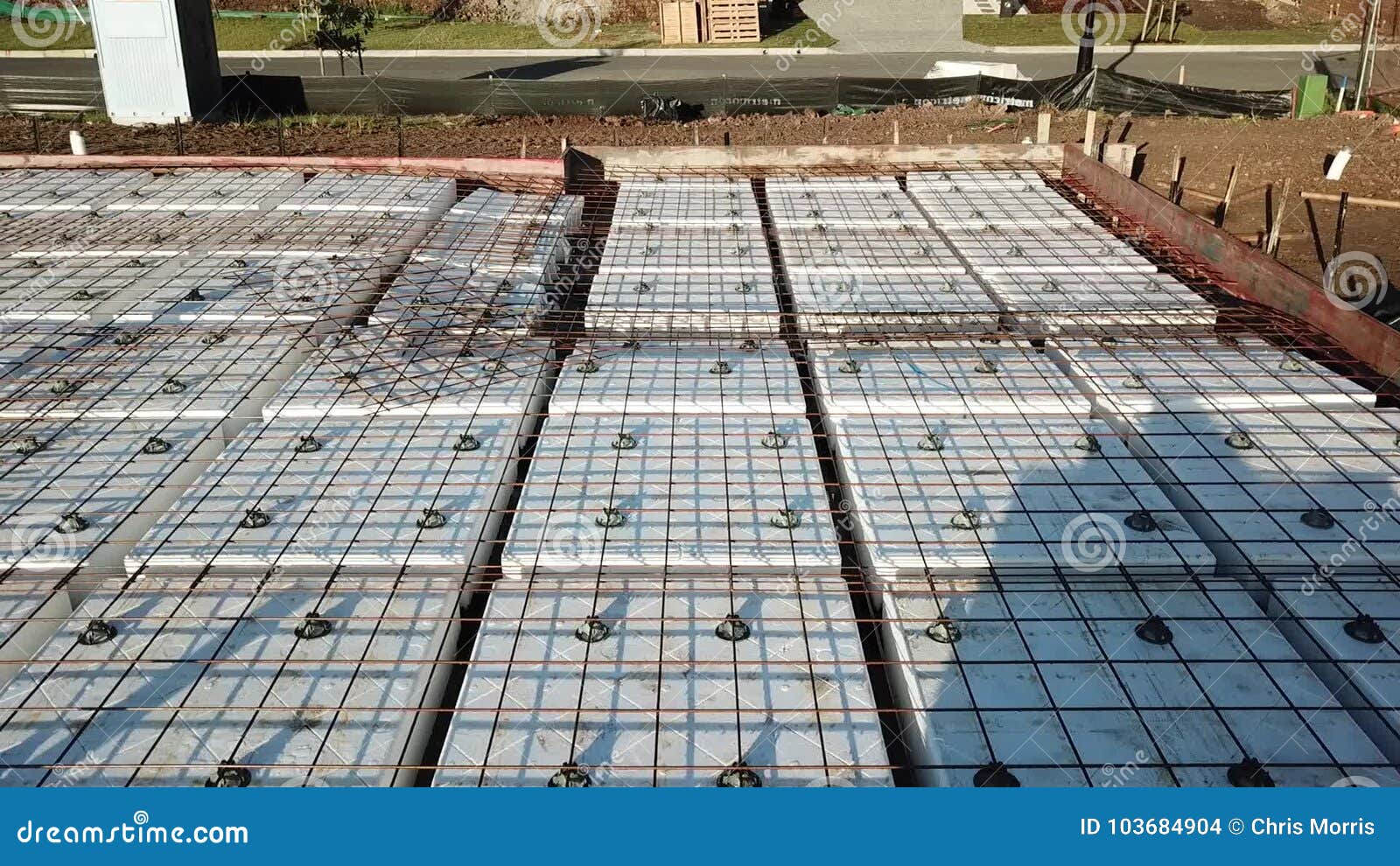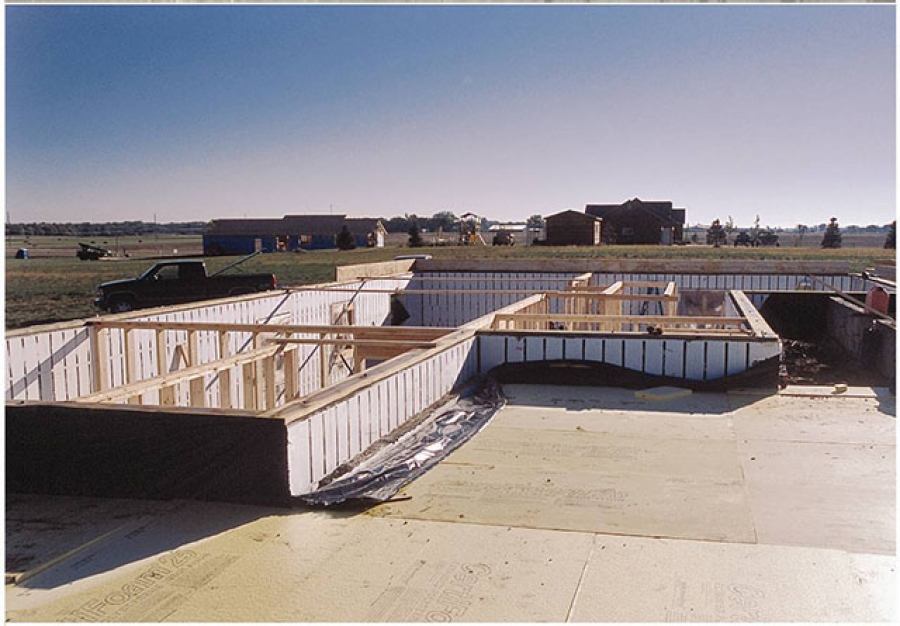
WHAT IS A FLOATING FOUNDATION SLAB CRACK

It can be used for highly moisturized soil. The floating slab foundation is the most primitive of all foundation types.It can be applied where deep excavation is not required.It can be applied where the soil has a low bearing capacity.Providing lateral support helps to avoid the formation of heave. It may be prevented if the foundation work started soon after excavating the soil. So after the construction of the structure, displacement would happen at the beginning up to the formation heave. The soil pressure will reduce after reaching a certain depth, and it results in heave formation at the bottom. The above two formulas are surging to find critical depth. Where Nc = Skempton’s bearing capacity factor. The limitation of the greatest extent of the floating foundation is called critical depth.ĭc = critical depth s = shear strength of soilī = width of foundation (if the width is less than the length of foundation “L”) = unit weight of soil Verb vs adjective sort of thingJust to clarify things.If this is a large building or less stable soils, you definitely want the deeper footing, but for a basic garage on good soil, the floating slab is fine and dandy - if the local AHJ is OK with it.As soils get less stable or as water is common in the subsurface, a floating slab will float. The excavation work should be done more carefully and must ensure all safety measures.ĭewatering – The process of dewatering work should be done continuously when the depth is going below to the water level else it impacts the adjacent structure and leads to its sliding.Ĭritical Depth – The following formula is used to determine depth for low bearing capacity of the soil. Soil Sliding – The sheet piles should be used to support the side of the excavation to avoid the soil sliding. They are generally reinforced on all but the smallest structures, with the reinforcement allowing higher loads to be imposed and the construction of shallower pads which require less excavation and use less concrete.Safety measures during construction of a Floating foundation They spread the load imposed by a number of columns or walls over the area of foundation, and. By providing a rigid platform to build on, MULTIPOINT acts as a floating slab, so rack-ing of the home and resulting damage to building is eliminated. Raft foundations (sometimes referred to as raft footings or mat foundations) are formed by reinforced concrete slabs of uniform thickness (typically 150 mm to 300 mm) that cover a wide area, often the entire footprint of a building.
WHAT IS A FLOATING FOUNDATION SLAB FULL
if you have a full frost wall foundation for the main house that does not move and a 'floating slab' for the addition that is designed to move, you will have a lifetime of maintainance nightmares as a result, at the connection between the two. In some cases, the reinforcement will also spread underneath of the steel columns that run down through the foundation. The two portions of the house should be on the same kind of foundation whenever possible. In addition to concrete, it also features a reinforcement that runs across the bottom of the foundation. MULTIPOINT has been developed for any structure that is situated on weak, unstable, variable soils or in flood prone regions. A floating slab foundation is one that features one continuous grade of concrete underneath of an industrial building. Their thickness must be sufficient to distribute the load across the plan shape. The Multipoint Foundation (MPF) system bearing on native soil. Their plan shape will depend on the nature of the applied load and the allowable bearing capacity of the layers below.

Shallow foundations transfer the building loads to the earth through a slab of concrete. They are generally of a uniform thickness, but sometimes the upper face may be sloped or stepped. Shallow Foundation A shallow foundation, slab-on-grade, or floating slab is a concrete slab that is formed from a mold set into the ground below the frost line. Pad foundations can also be used to support ground beams. This load is then spread by the pad to the bearing layer of soil or rocks below. They are a form of spread footing formed by rectangular, square, or sometimes circular concrete ‘pads’ that support localised single-point loads such as structural columns, groups of columns or framed structures.

The concrete is then poured directly into the mold, leaving no space between the ground and the structure. Pad foundations are generally shallow foundation, but can be deep depending on the ground conditions. A slab-on-grade foundationalso known as a floating slab foundationis a structural engineering practice in which the concrete slab that will serve as the foundation for a building or other structure is formed from a mold that is set into the ground. CHECK OUT Ultimate Limit States (ULS) and Serviceability Limit States (SLS)


 0 kommentar(er)
0 kommentar(er)
